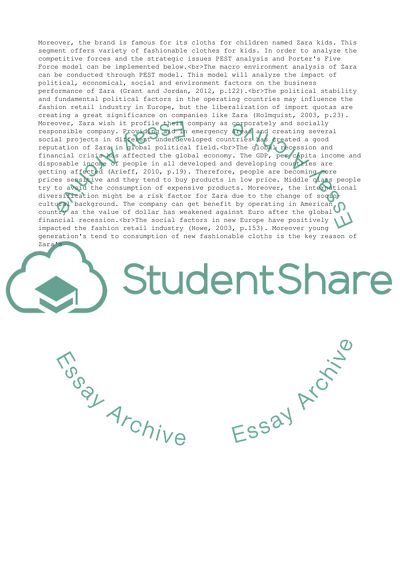Cite this document
(ZARA case study Essay Example | Topics and Well Written Essays - 4500 words, n.d.)
ZARA case study Essay Example | Topics and Well Written Essays - 4500 words. https://studentshare.org/management/1794836-zara-case-study
ZARA case study Essay Example | Topics and Well Written Essays - 4500 words. https://studentshare.org/management/1794836-zara-case-study
(ZARA Case Study Essay Example | Topics and Well Written Essays - 4500 Words)
ZARA Case Study Essay Example | Topics and Well Written Essays - 4500 Words. https://studentshare.org/management/1794836-zara-case-study.
ZARA Case Study Essay Example | Topics and Well Written Essays - 4500 Words. https://studentshare.org/management/1794836-zara-case-study.
“ZARA Case Study Essay Example | Topics and Well Written Essays - 4500 Words”. https://studentshare.org/management/1794836-zara-case-study.


